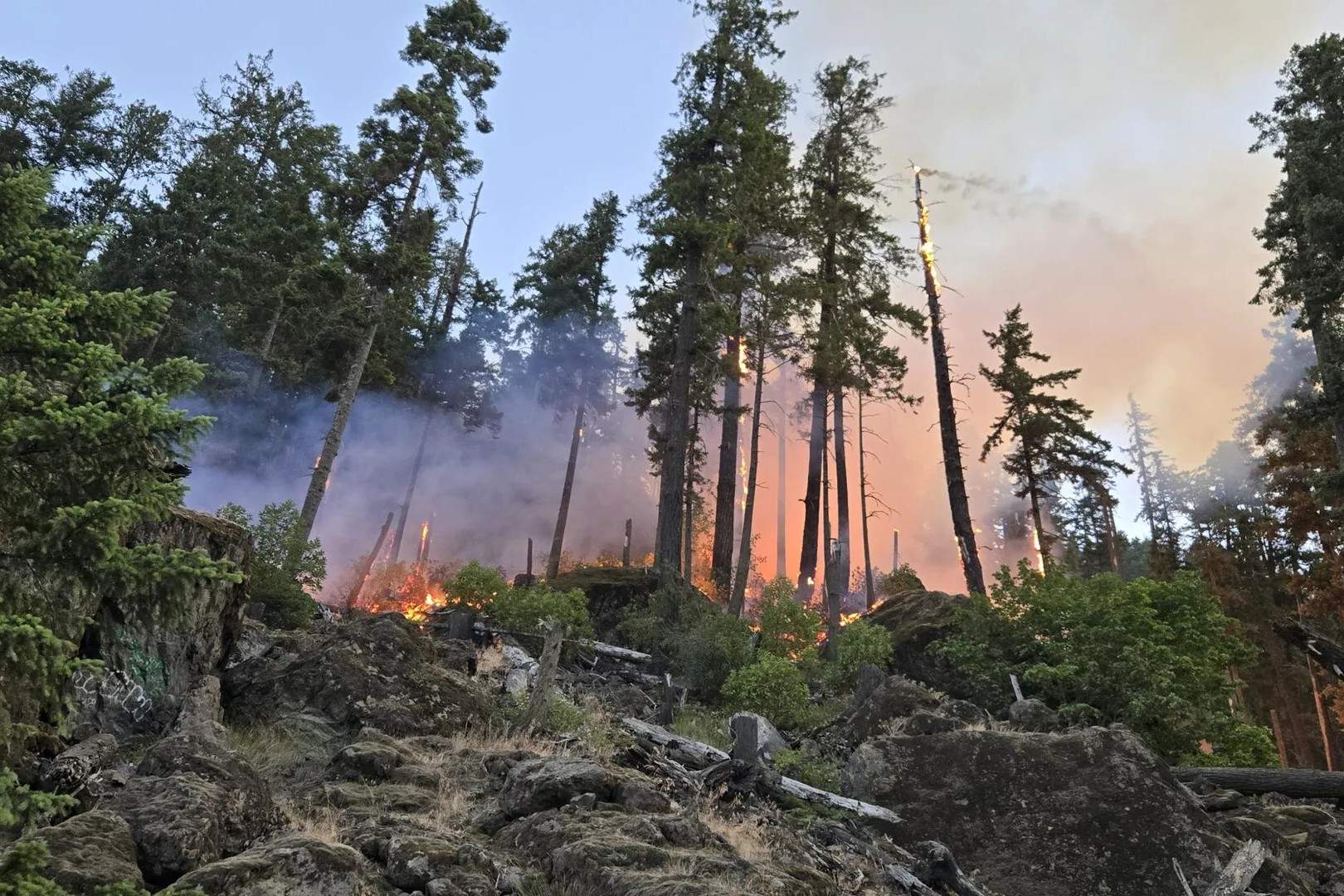
Bear Gulch Fire is a captivating topic that sparks curiosity. Nestled in the heart of nature, this fire has a story worth telling. What caused the Bear Gulch Fire? Lightning strikes are the primary culprits. These natural events often ignite wildfires, especially in dry conditions. But there's more to it than just a spark. Understanding the impact on local wildlife, vegetation, and even human communities is crucial. This fire not only reshaped the landscape but also taught valuable lessons in fire management and prevention. Dive into these 25 facts to uncover the full story behind Bear Gulch Fire.
Bear Gulch Fire: A Natural Phenomenon
Bear Gulch Fire is a fascinating subject that combines nature's raw power with human resilience. This fire, like many others, has its own unique story and impact. Let's dive into some intriguing facts about Bear Gulch Fire.
-
Bear Gulch Fire occurred in 2020. This fire was part of a series of wildfires that swept across various regions, causing significant damage and prompting large-scale evacuations.
-
The fire started in Montana. Specifically, it ignited in the Bear Gulch area, a region known for its dense forests and rugged terrain.
-
Lightning caused the fire. Natural causes like lightning strikes are common ignition sources for wildfires, and Bear Gulch Fire was no exception.
-
It burned over 10,000 acres. The fire spread rapidly due to dry conditions and strong winds, consuming vast areas of forest and grassland.
-
Firefighters from multiple states responded. Teams from Montana, Idaho, and Wyoming joined forces to combat the blaze, showcasing the collaborative efforts needed in wildfire management.
Impact on Wildlife and Vegetation
Wildfires have profound effects on the environment, and Bear Gulch Fire was no different. The fire's impact on wildlife and vegetation was significant.
-
Many animal species were displaced. Wildlife such as deer, elk, and smaller mammals had to flee their habitats, leading to temporary ecological imbalances.
-
Some plant species benefited. Certain plants, like fireweed, thrive after wildfires, taking advantage of the nutrient-rich ash left behind.
-
Old-growth forests were affected. These forests, which take centuries to develop, suffered considerable damage, altering the landscape for generations.
-
Soil erosion increased. The loss of vegetation led to higher rates of soil erosion, impacting water quality in nearby streams and rivers.
-
Fire created new habitats. While destructive, wildfires also create new opportunities for different species to colonize and thrive.
Human Response and Recovery
The human response to Bear Gulch Fire was swift and coordinated. Efforts to manage the fire and aid recovery were extensive.
-
Evacuations were ordered. Residents in the path of the fire had to leave their homes, highlighting the importance of emergency preparedness.
-
Shelters were set up. Temporary shelters provided refuge for displaced individuals and families, ensuring their safety and well-being.
-
Community support was strong. Local communities rallied together, offering support and resources to those affected by the fire.
-
Reforestation efforts began quickly. Initiatives to replant trees and restore the forest ecosystem started soon after the fire was contained.
-
Firefighting technology was utilized. Advanced tools and techniques, such as aerial water drops and firebreaks, played crucial roles in controlling the fire.
Lessons Learned from Bear Gulch Fire
Every wildfire teaches valuable lessons about prevention, management, and recovery. Bear Gulch Fire provided several key insights.
-
Importance of early detection. Early detection systems and rapid response teams are vital in minimizing wildfire damage.
-
Need for better land management. Proper land management practices, such as controlled burns and vegetation clearance, can reduce wildfire risks.
-
Community preparedness is crucial. Educating residents about wildfire risks and emergency procedures can save lives and property.
-
Climate change's role. Changing climate patterns contribute to more frequent and intense wildfires, underscoring the need for global action.
-
Collaboration is key. Effective wildfire management requires cooperation between local, state, and federal agencies.
Ongoing Research and Future Outlook
Research into wildfires continues to evolve, providing new strategies and technologies to combat these natural disasters.
-
Fire behavior modeling. Scientists use computer models to predict fire behavior, helping firefighters strategize more effectively.
-
Drones for surveillance. Drones equipped with thermal cameras offer real-time data on fire spread and intensity.
-
Genetic studies on plants. Research on fire-resistant plant species aims to develop more resilient forests.
-
Public awareness campaigns. Efforts to educate the public about wildfire prevention and safety are ongoing.
-
Investment in firefighting resources. Increased funding for firefighting equipment and training ensures better preparedness for future wildfires.
The Final Word on Bear Gulch Fire
Bear Gulch Fire's story is a mix of nature's power and human resilience. This fire, which started in a remote area, quickly became a significant event, affecting both the environment and local communities. Understanding the causes, impacts, and responses to such fires helps us appreciate the delicate balance between nature and human activity.
Firefighters, volunteers, and residents all played crucial roles in managing the blaze, showcasing the strength of community spirit. The aftermath of Bear Gulch Fire also highlights the importance of fire prevention and preparedness in wildfire-prone areas.
By learning from events like Bear Gulch Fire, we can better protect our forests, homes, and lives. It's a reminder of the ongoing need for vigilance, cooperation, and respect for the natural world. Stay informed, stay prepared, and always value the lessons nature teaches us.
Was this page helpful?
Our commitment to delivering trustworthy and engaging content is at the heart of what we do. Each fact on our site is contributed by real users like you, bringing a wealth of diverse insights and information. To ensure the highest standards of accuracy and reliability, our dedicated editors meticulously review each submission. This process guarantees that the facts we share are not only fascinating but also credible. Trust in our commitment to quality and authenticity as you explore and learn with us.
